By Ryan Hogan
In this article by Ryan Hogan, we take a closer look at the details behind the US-cancellation of the Turkish F-35 Joint Strike Fighter programme. It follows on from an earlier, 31st July, article in TMT, “A truly British-style crisis”, in which we looked at the problems the F-35 cancellation has caused the Turkish Navy. (See: https://www.themilitarytimes.co.uk/defence-security/a-truly-british-style-crisis/ )
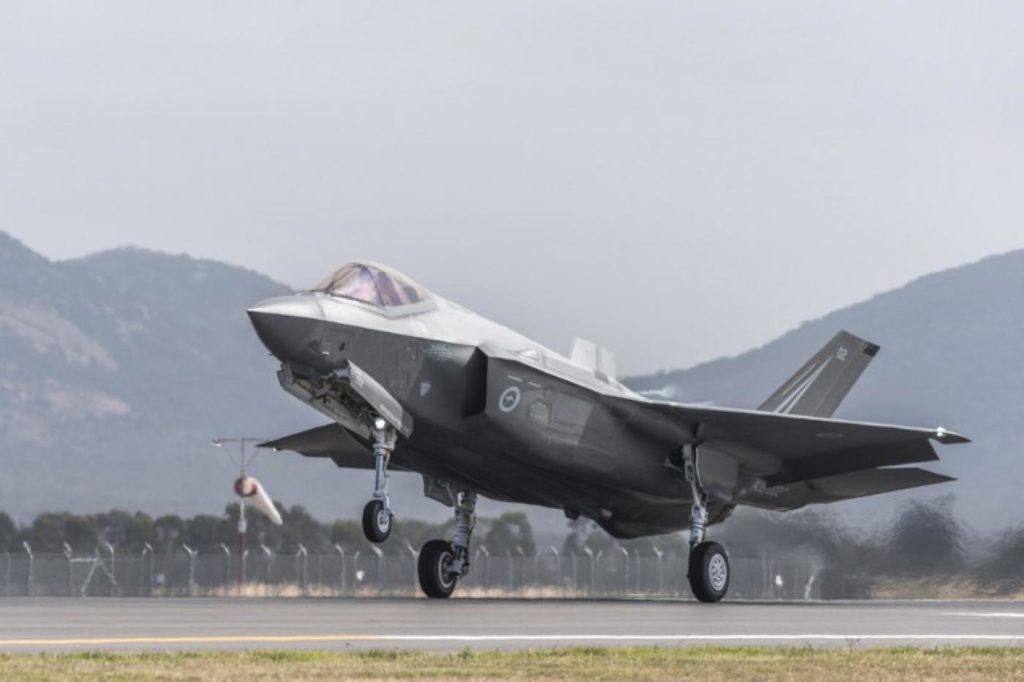
With all the buzz about Iran in the news, it is easy for other important issues to be pushed to one side, such as the US kicking Turkey off the F-35 Joint Strike Fighter (JSF) program. This might seem quite trivial, especially when seen in contrast to Iran seizing British ships, but it has potentially serious and long term consequences, and is symbolic of a far more worrisome problem. To understand the entirety of this decision, we must assess what led to Turkey’s removal from the program in the first place, and then look at the tactical, operational, and strategic implications of the US decision. We can then assess how this might affect the US, NATO and Turkey in the future.
What Happened?

Turkey’s forced-removal from the F-35 program in July all stems from a purchase of the Russian S-400 missile system in December 2017. The S-400 is a new air defence system based on the popular S-300. The United States expressed extreme disapproval of this purchase as they believed it undermined not only US, but also NATO’s security. With the threat of sanctions, cancelation of joint military training and removal from the F-35 program, the US made it clear that Turkey’s decision to buy the S-400 would be a huge mistake. Sure enough, in July 2019, with the arrival of the first Russian anti-aircraft systems, Turkey was kicked out the stealth-fighter program.
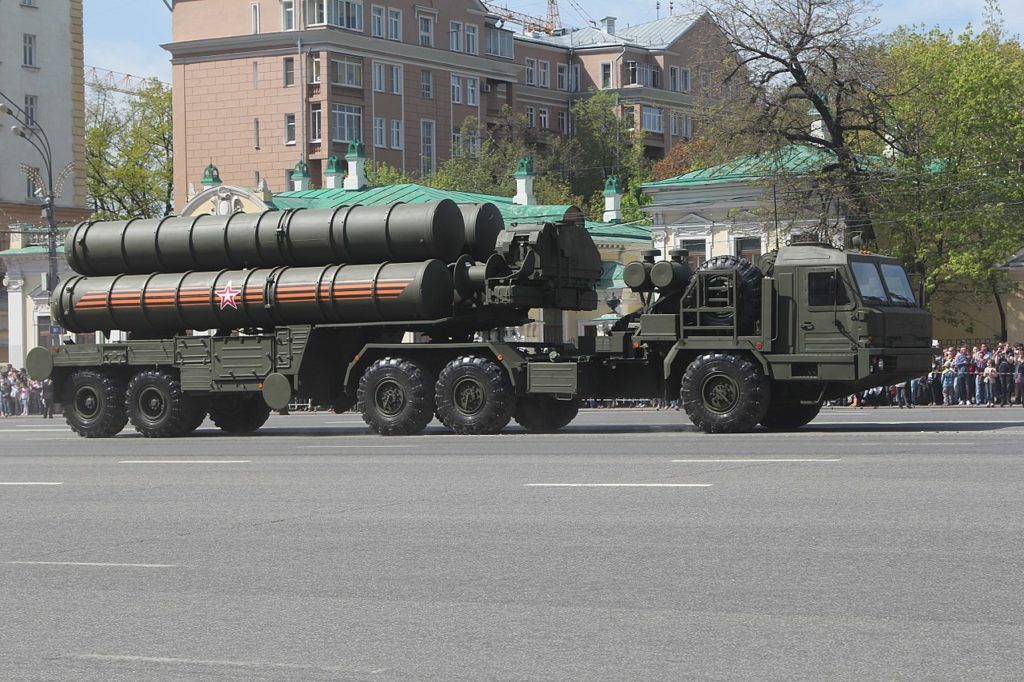
Why did Turkey buy the S-400 despite having already investing in the F-35? That is a controversial question. However, that decision likely stemmed from both the failure of the earlier US/Turkish Patriot deal and a Turkish push for increased military autonomy.
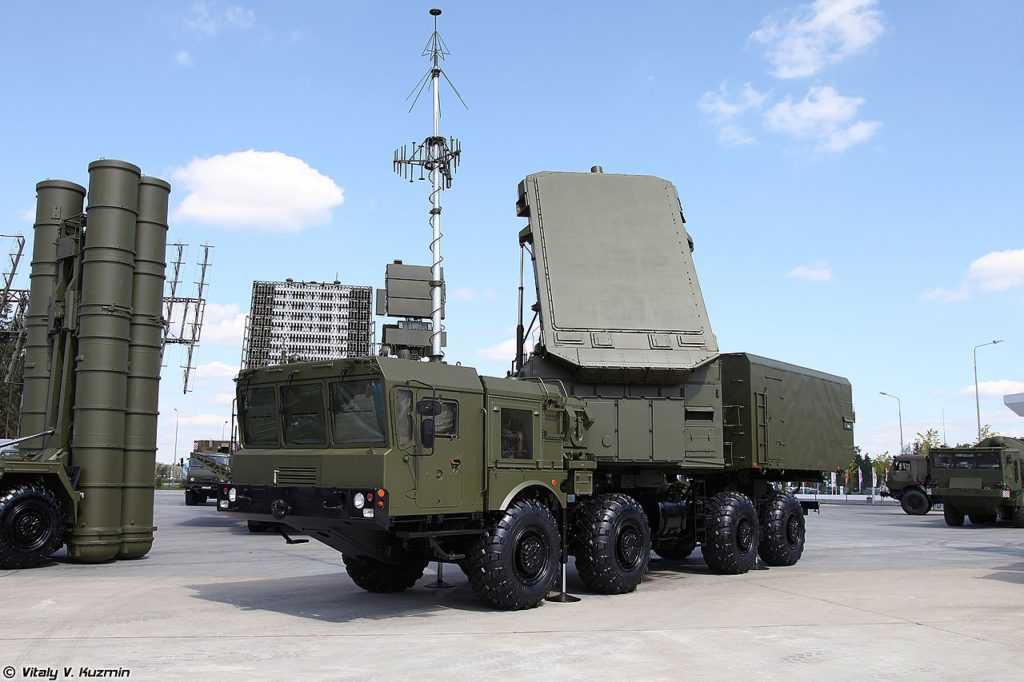
Years earlier, Turkey was looking to buy the US-built Patriot air defence system which was not sold to them for what the manufacturer, Raytheon, called ‘commercial and national security’ reasons. Either from desperation or spite, Turkey then turned to Moscow. The S-400 came with less-strict regulations and national oversight by Russia. The US tends to flex more control and restrictions over its arms sales, such as not allowing much co-manufacturing, insisting that maintenance is performed by US contractors, and keeping technology-related data secret. Buying from Russia was a plus for Turkey as it not only made it cheaper and easier to buy, but also enabled it to have more freedom and autonomy when operating the system, something they would not have had with the advanced US system.
Turkey’s drive for an independent military, un-beholden to bigger nations, can also be seen in its development of a purely Turkish fighter program as revealed this summer. So, when faced with being blocked from buying the Patriot, and the prospect of a less burdensome oversight (and maybe a dash of spite from the Patriot rejection) Turkey’s option to buy the S-400 was not so “out of the blue”.
At first glance this looks more like a rather vicious spat of the US wanting to promote its military sales across the globe, but there is much more to it than that. So, what threat did, or does, Turkey owning F-35s and S-400s pose to the US and NATO? First, let’s look at the tactical considerations.
Tactical
There was obviously going to be a problem having NATO aircraft working next to Russian anti-aircraft systems, but the main tactical issue concerns the fact that the Russian equipment can be used to ‘size up’ the F-35. Having an S-400 Russian radar operating in conjunction with American stealth aircraft would have allowed multiple radar scans of the F-35 to build up a data “picture”, which US officials have called “spying on the backbone of US [and allied] airpower”. Indeed, once the S-400’s radar had scanned and detected the F-35 enough times, it is quite possible that all the relevant data could have been transferred to Russia, negating decades of US development and possibly making a stealth-fighter (that is expected to be in-service until 2070), ineffective against Russia. However, these are not the only issues at stake.
Operational
The “operational” problem concerns the ability for NATO as a whole to work and train with Turkey. NATO has a well-known push for ‘interoperability’. The standardisation of ammunition, Link 16 communication network and integrated air interdiction capabilities all show the lengths to which NATO goes to ensure that, for example, German equipment will work alongside that of the UK. With this in mind, the S-400 cannot be guaranteed to work with the secure Link 16 communication network, nor will it easily share information with other NATO-member air-defences. Moreover, we do not know if the S-400 would be reliable in battle, or sufficiently secure to handle sensitive information.
What started as a Turkish military purchase threw a massive wrench in the finely-tuned gears of NATO cooperation. This means that while Turkey’s membership of NATO might be safe, its participation in NATO training exercises is now put at risk, and any member state viewed as a ‘weak-link’ cannot be good for the interoperability of the Alliance as a whole.
That said, having Russian equipment in NATO is not a new phenomenon; many former Eastern-Bloc states still retain Soviet helicopters, armoured vehicles and weapons, but this situation is unique in that a more developed nation actively sought out the procurements of a new, Russian air-defence system. Add in the previously-mentioned potential for using the radar to spy on the new NATO stealth-fighter - and this issue becomes far more problematic.
Strategic
The final problem of having Turkish S-400s is the whole question of having a (slightly) pro-Russian NATO ally. While the relationship between Moscow and Ankara is still fractured, the S-400 contract highlights the recent trend of warming relations between the two. Turkey’s geographic position, between the Black and Mediterranean seas, makes it especially important should NATO wish to bottle-up the Russian fleet for any reason.
That said, in a worst-case scenario involving extended Turkish-Russian friendship, Russia would extend its field of influence far beyond the present level, extending it not only into the Mediterranean but also deeper into the Middle East and South-Eastern Europe. To add to NATO’s concerns, the US sees Turkey as an invaluable stepping stone to the Middle East, and as the home of some of the US Air Force’s nuclear weapons at Incirlik air base. This leads to what some analysts have noticed as the irony of US nuclear weapons, placed to deter Russia, guarded by Russian air defences.
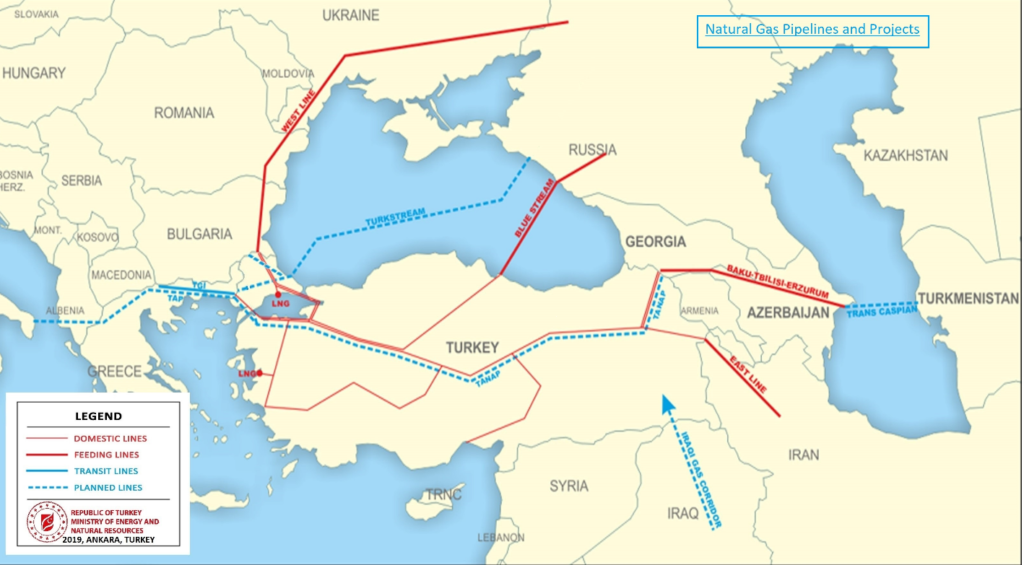
Analysis
What does this mean for the international community? Was the US right to kick Turkey out of the program? Is this temporary or is this an omen of worse things to come?
The immediate outlook does pose a threat to the F-35 program and the nations in it, including the UK. Production of certain parts and materials made in Turkey must now be relocated which could take up to two years and cost up to £400,000,000. Once new sources are identified, the supply chain will have to be proven again, putting all partners in the program at risk of further delays and potential cost overruns.
Moving to the diplomatic aspects of the deal, loss of the Turkish strategic foothold, and the possibility of further Russian expansion, puts all of NATO at risk. Icy relations cannot be allowed to exist between members in a well-functioning organisation such as NATO, and should the problem escalate, there is little prior experience in dealing with, and removing, a member from the alliance. The biggest problem, it seems, is the unprecedented confusion and anxiety this has created for world leaders.
Turkey is at the meeting point of several conflicting priority goals, some historic, others political. It wishes to have a more ‘Turkish’ military, free from bigger Western nations, but which benefits from the sense of security provided by the West. Turkey wants more military autonomy to act as it wants, yet it values its historic ties to NATO members. This puts the country in a very confusing situation: a crossroads in its international relations, perhaps. Sometimes it steps to the left, other times to the right, and this confusion has caused strain with its allies, and particularly the US. Not allowing the US to use Incirlik air-base to attack Iraq, or directly opposing the US-backed Kurds has made for a very strained relationship these last few years.
The confusion surrounding Turkey’s strategies can easily be seen in Washington today. Whereas the Senate Foreign Relations Committee opted to block financial aid and loans to Turkey based on an “authoritarian drift”, Chairman of the Joint Chiefs of Staff General Dunford reminded DC that there are “more areas of convergence than divergence [with Turkey]” and that the two sides are still fully capable of working together in the future. That said, perhaps the most important consequence of this situation remains the inability of world leaders to predict how all of this is going to play out.
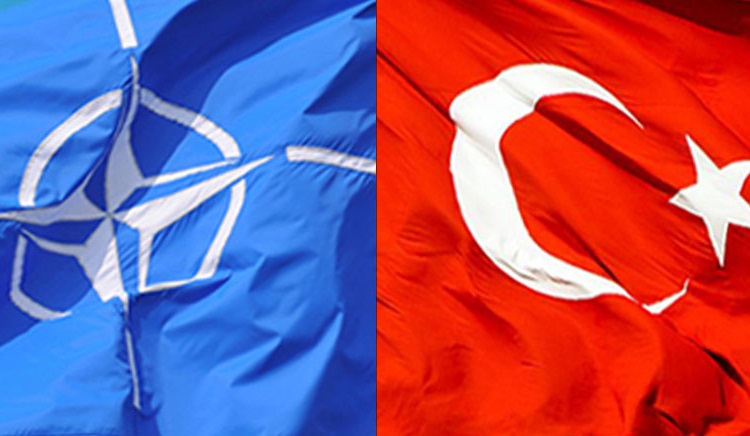
Despite the harshness of ejecting Turkey from the F-35 program, there is still a deal of hope and cooperation between the US, Turkey and NATO: it is not all “doom and gloom”. As it stands, there are no indications from Turkey that they want to leave NATO, or for NATO to kick Turkey out of the alliance. Recently, the US Secretary of Defence, Mark Esper, stated Turkey would even be allowed to re-join the F-35 program in the event that Erdoğan removed all the S-400 systems from the country. Furthermore, US sanctions placed on other countries buying Russian equipment have been stalled when it comes to Turkey. This suggests that there is still a desire to rekindle that long-running Cold-War connection between the two states, albeit one that has been put under strain in recent years.
Although a tough decision, given the tactical, operational and strategic ramifications of this deal, the F-35 contract-cancellation was the right call. Turkey could not be allowed to enhance Russian power at the expense of NATO security, no matter how icy it makes its relations with NATO. Indeed, given its recent strategic direction of travel, those strains might have crept in, with or without the F-35, as the inevitable result of a confused Turkish foreign policy. Kicking Turkey from the JSF program sends a firm signal to Erdoğan that the US and NATO are growing impatient about the mixed messages being sent, and that sooner or later, he will have to commit to being our ally - or not: there can be no half-way house in this matter.
Final Thoughts
Kicking Turkey out of the F-35 program, while almost certainly the right decision, highlights a trend of strained relationships between them and NATO in general. This problem can now be seen as having less to do with specific equipment programmes; rather it is part of a bigger picture, in which the S-400 and F-35 are not the problem, but the symptoms of the problem. There are without doubt difficult times ahead; NATO needs to discuss what the future of a Turkish relationship might look like, but it is only by investigating much further into these issues that there will be any hope of solving them.
The author: Ryan Hogan is a politics student specialising in International Relations and Security. He is particularly interested in taking a more theory-based approach to diplomatic and military issues.”

Comments on The demise of the Turkish F-35 JSF programme